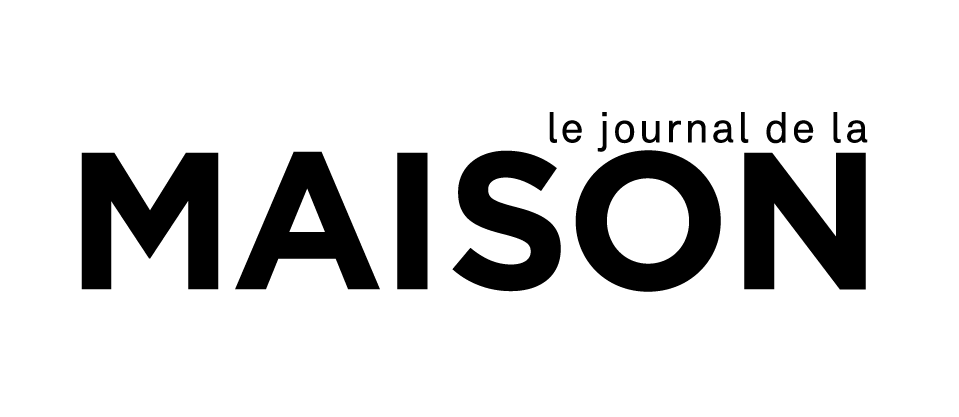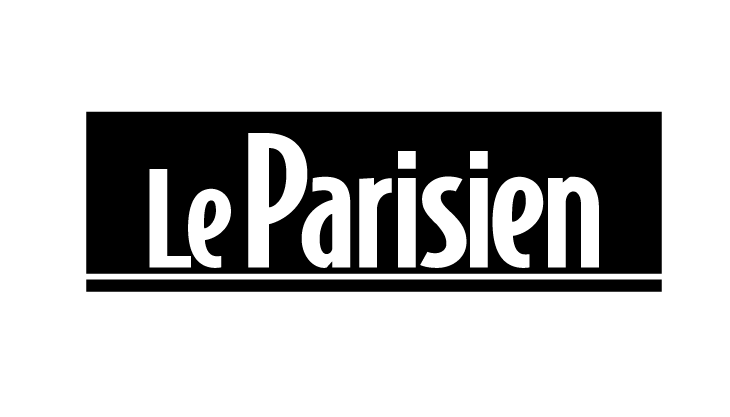Artwork of Nicolas de Staël
Nicolas de Staël remains a key figure in modern art. The life of this Franco-Russian painter, as brief as it was intense, gave rise to a powerful and singular body of work that continues to fascinate. Born in Russia in 1914, this artist spanned the 20th century, leaving a profound mark on abstract painting. His paintings, now exhibited in the world's leading museums, including the collection of the Musée National d'Art Moderne in Paris, bear witness to his constant research into colour and matter. From his first figurative compositions, marked by the influence of Georges Braque, to his flamboyant abstract landscape paintings, Nicolas de Staël has explored the possibilities of oil painting with rare freedom and daring. Whether it's a Mediterranean landscape or a view of the Parc des Princes in Paris, each canvas vibrates with intense colours and powerful forms. Nicolas de Staël's art is an invitation to plunge into the heart of painting and feel all the emotion that a simple painting can release.
Biography of Nicolas de Staël
Origins and youth of Nicolas de Staël
Nicolas de Staël was born into an aristocratic Russian family in St Petersburg in 1914, and from an early age was surrounded by a privileged environment where art was omnipresent. However, the Russian Revolution of 1917 turned his life upside down. His family was forced to flee Russia, losing all their possessions in the process. Young Nicholas, only a few years old, was confronted with the death of his parents during this painful exile. Orphaned, he is taken in by a Russian family in Brussels, who offer him a new home.
In the Belgian capital, Nicolas de Staël grew up and opened up to the world. He discovered the city's museums with wonder, immersing himself in the works of the great Flemish masters. The light and colours of oil painting fascinated him. He developed a passion for art, feeding his imagination with the masterpieces of Rubens, Van Dyck and Rembrandt. It was through contact with these artists that his vocation was born. Brussels became the cradle of his artistic sensibility, the place where his singular eye was forged.
Artistic beginnings of Nicolas de Staël and travel
In 1933, at the age of 19, Nicolas de Staël entered the Royal Academy of Fine Arts in Brussels. This marked the beginning of his training as a painter, during which he was able to develop his interest in Flemish art and the great masters such as Rembrandt in greater depth. Quickly eager to discover new things and to develop his art, he embarked on a series of journeys that would nourish his inspiration and influence his work. He travelled through France, Italy and Spain, immersing himself in the landscapes and cultures. In Paris, he passionately discovered the works of Cézanne, Braque, Matisse and Picasso, artists who would have a profound impact on his vision of composition and colour.
In 1936, back in Brussels, he held his first exhibition at the Galerie Dietrich. His canvases, still figurative, bear witness to his explorations and his search for a personal style. The following year, in Marrakech, he met Jeannine Guillou, a young painter who was to become his partner. Together they continued their travels, settling for a time in Morocco and then Italy. During this period, he produced a number of oil paintings in which the light and vibrant colours of North Africa and the Mediterranean take centre stage.
Returning to France in 1938, he settled with Jeannine in Paris. There he met other artists, exchanged ideas with them and observed their techniques. It was at this time that he began to break away from classical figuration, experimenting with freer forms and bolder colours. The influence of Fernand Léger, whom he studied with at the Académie Moderne, and Georges Braque, whom he admired, was felt in his research into the structure and balance of composition. Despite these influences, Nicolas de Staël was already asserting a singular artistic personality, heralding the powerful and original work he would later develop.
The war years for Nicolas de Staël
In 1939, war broke out and Nicolas de Staël joined the Foreign Legion, with whom he was posted to the Algerian town of Sidi Bel Abbès. Demobilised only a year later, he joined Jeannine and her daughter in Nice, France, where he devoted himself fully to painting. These years in Nice, from 1940 to 1943, marked a turning point in the artist's life. In the south of France, far from the tumult of war, he found a place to create and a certain stability. He set up his studio in Nice, a city that inspired him with its light and colours. Despite the material difficulties of this period, he painted relentlessly, producing numerous canvases that bear witness to his research and artistic development.
Having met Jeanne Bucher in 1939, she became his main buyer and played a crucial role in his career, particularly when the painter, his wife Jeannine and their two children returned to Paris in 1943. Jeanne Bucher believed in his talent and gave him invaluable support. On the advice of the Italian painter Alberto Magnelli, she included him in her first major exhibition in Paris in 1944, alongside works by Kandinsky and Magnelli himself. Although this exhibition failed to convince the critics, who did not approve of abstract art at the time, it did enable De Staël to make a name for himself with the public and painters such as Picasso, Braque and Georges Hillaireau. Gradually, the painter emerged from the shadows and began to win the recognition of his peers.
Turn towards abstraction and success for Nicolas de Staël
From 1943 onwards, Nicolas de Staël's painting began a turn towards abstraction. Influenced by Georges Braque and the Fauves, the painter gradually abandoned figuration to explore new avenues. His canvases were characterised by flat, intense colours, thick materials applied with a knife and large formats. He experimented relentlessly, seeking to translate his emotions and his perception of the world through interplay of form and light.
In Paris in 1946, Nicolas de Staël became friends with several artists, including Jean Dewasne, Jean Arp and Pierre Lecuire. These encounters stimulated his creativity and encouraged him in his quest for a personal style. His paintings, exhibited in Parisian galleries, attracted the attention of critics and the public, who had become more inclined to this new style of painting since the end of the war. As a result, he signed a contract with the Louis Carré gallery to exhibit and sell his work.
Despite the rise of his professional life, Nicolas de Staël's personal life was tarnished by the death of his wife Jeannine in 1946, when she was pregnant with their third child. However, the painter married soon after Jeannine's death, to Françoise Chapouton, who was already looking after the couple's two children, and with whom he would have three more children.
The following years were marked by intense creative activity. De Staël held numerous exhibitions and refined his style. He explored the possibilities of composition and light, creating vibrant and expressive works. His abstract paintings captivated with their strength and originality. Collectors became increasingly interested in his art, and from one museum to the next, his paintings enjoyed growing success. The painter established himself as a major figure on the Parisian art scene. In his studio, he worked tirelessly, constantly exploring new avenues and pushing back the boundaries of his art.
Friendships, influences and collaborations of Nicolas de Staël: Braque, Léger, Vlamynck, ...
Nicolas de Staël, in the course of his brief but intense career, forged strong links with many artists who influenced his art and his vision of painting. Among these major figures, Georges Braque occupies a special place. Their friendship, nurtured by a deep mutual respect, enabled De Staël to refine his style and develop his own approach to abstraction. Georges Braque's paintings, with their rigorous construction and harmonious palette, guided De Staël in his quest for balance between form and colour. The influence of Georges Braque's cherished geometrisation and simplification of form can be seen in Nicolas de Staël's works.
Fernand Léger, another important figure in modern art, also played a role in de Staël's artistic journey. Léger's bold use of colour and monumental forms inspired De Staël in his search for a powerful and expressive pictorial expression. Exchanges with Georges de Vlamynck, meanwhile, encouraged Staël to explore pictorial matter and give a more emotional dimension to his canvases.
Beyond these direct influences on his painting, these friendships nurtured De Staël's reflections on art and contributed to the flowering of his creativity. Discussions with Pierre Boulez, George Hillaireau, Georges Duthuit and Pierre Lecuire broadened his horizons and encouraged him to experiment in new ways. Jean Arp and Sonia Delaunay, with whom he exhibited, also enriched his vision of abstract art. Pierre Lecuire, a poet and close friend, notably wrote about De Staël's work, emphasising the expressive force of his painting and his ability to capture the light and atmosphere of landscapes.
Maturity and the last works of Nicolas de Staël
From 1949, after years of exploring abstraction, Nicolas de Staël began a turning point in his painting. His canvases became simpler, the shapes more recognisable, heralding a return to figuration. In particular, he returned to landscapes, painting the south of France, still lifes and nudes, always using colour to explore the effects of light with a new intensity. In 1951, his work reached the United States, with the exhibition of his oil on canvas Peinture 1947 at the Museum of Modern Art in New York, confirming his international success. In 1952, he produced a series of paintings on the theme of football after attending a match at the Parc des Princes. While this painting was reviled by his abstract friends, it definitively opened the door to the United States for De Staël, the gallery owner Paul Rosenberg having fallen under the painting's spell.
In 1953, he met Jeanne Polge-Mathieu, a young model living in Nice, who became his muse and whom he represented in several works, notably in a series of nudes. In search of a new lease of life, and to join his new passion, he moved to Antibes in 1954, where he set up a spacious studio. Inspired by the Mediterranean light, he painted frenetically, multiplying paintings in the colours of the southern landscape, nudes and still lifes. Despite the recognition of his work and his great productivity, the artist was plagued by doubt. He destroyed many canvases, dissatisfied with his painting.
Staël wrote a lot during this period, notably to Jeanne Bucher and Pierre Lecuire, confiding in them his state of mind and his questions about his art. He sought to go beyond abstraction, to find a new way of expressing his vision of the world. Despite the apparent serenity of his compositions, the artist was going through a period of profound uncertainty. His style evolved rapidly, oscillating between figuration and abstraction.
Nicolas de Staël, the legacy on the arts after a tragic end of life
Despite the growing success of his paintings and his exhibitions in Paris and New York, 1954 was marked by major changes in Nicolas de Staël's personal life. His passion for Jeanne Polgue-Mathieu led him to separate from Françoise, his wife and the mother of his three children. This upheaval, combined with a growing sense of solitude and a relentless artistic quest, cast a shadow over the last months of his life. In 1955, at a time when he was more passionate about his work than Jeanne was about him, the latter deciding to stay with her husband, the Franco-Russian painter took his own life in Antibes, leaving behind a rich and unfinished body of work. His brutal suicide left a profound mark on the world of modern art.
But the story of Nicolas de Staël does not end there. In the years that followed, his paintings continued to fascinate, and his style exerted a considerable influence on many artists. From museum to museum, his paintings travelled the world, from exhibition to retrospective. Over the years, the MoMA in New York has devoted a major exhibition to him, as has the Musée d'Art Moderne in Paris, which organised a retrospective in 1956, and the Fondation Maeght in 1991, among other museums, testifying to the public's continuing interest in this tormented artist, and confirming his place in the history of twentieth-century painting. The vibrant colours and thick matter of his works never cease to fascinate. In-depth critical studies explore the different facets of his work, highlighting the influence of Georges Braque and other masters of modern art.
Today, Nicolas de Staël's paintings are still sought after by collectors the world over, and his place in the collections of many museums, in private collections, and his ever-present presence, as at the 2023 retrospective at the Musée National d'Art Moderne in Paris, ensures that his legacy will live on. Despite a tragic end to his life, Nicolas de Staël leaves an indelible mark on the arts, and his name remains associated with powerful, expressive painting, the symbol of an uncompromising artistic quest.
Learn more about the life and the works of Nicolas de Staël.


























